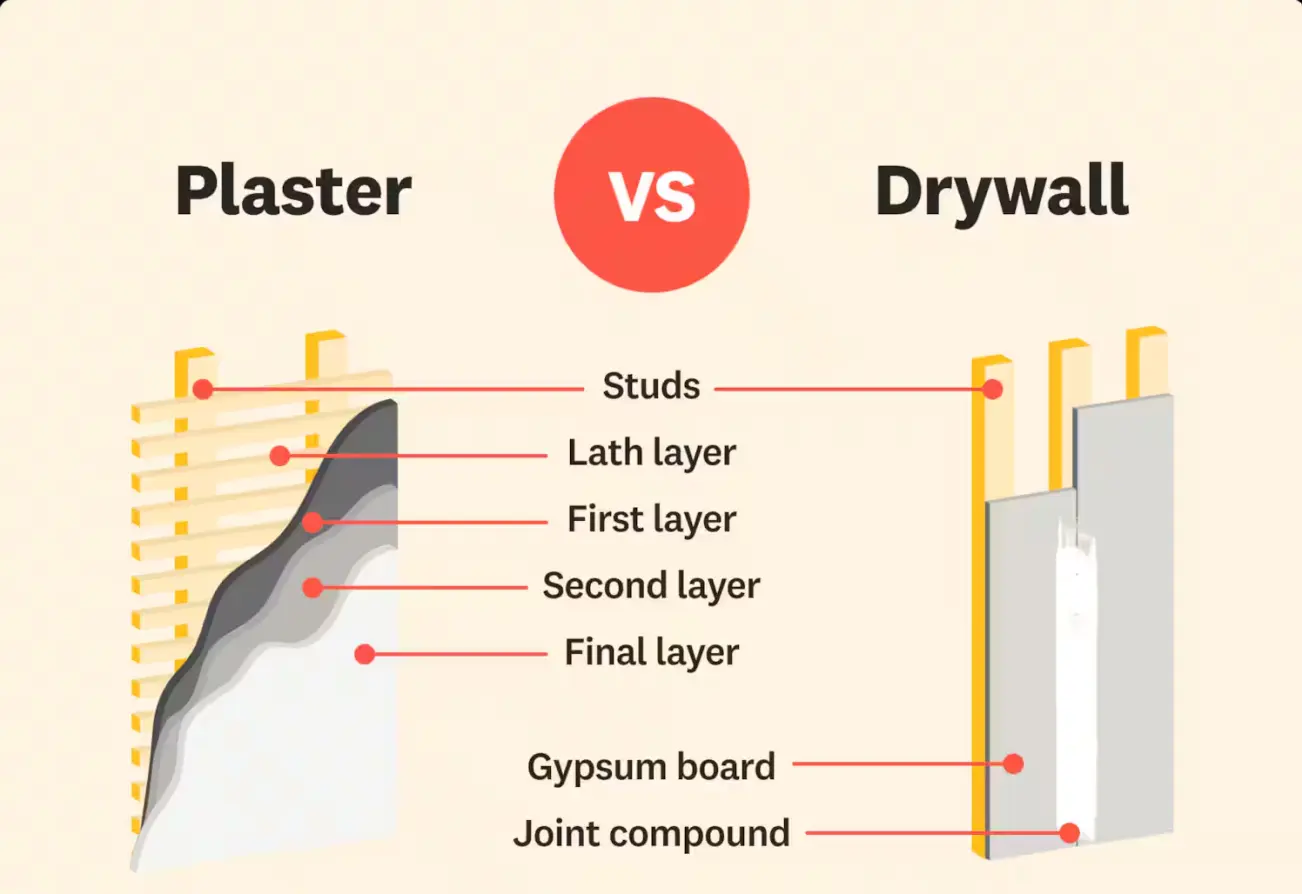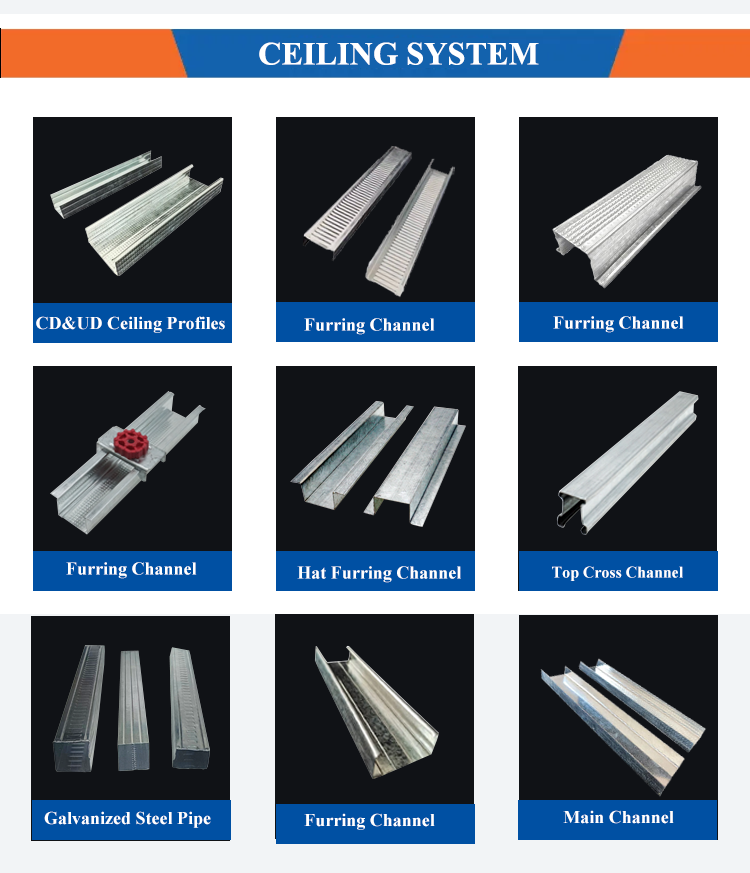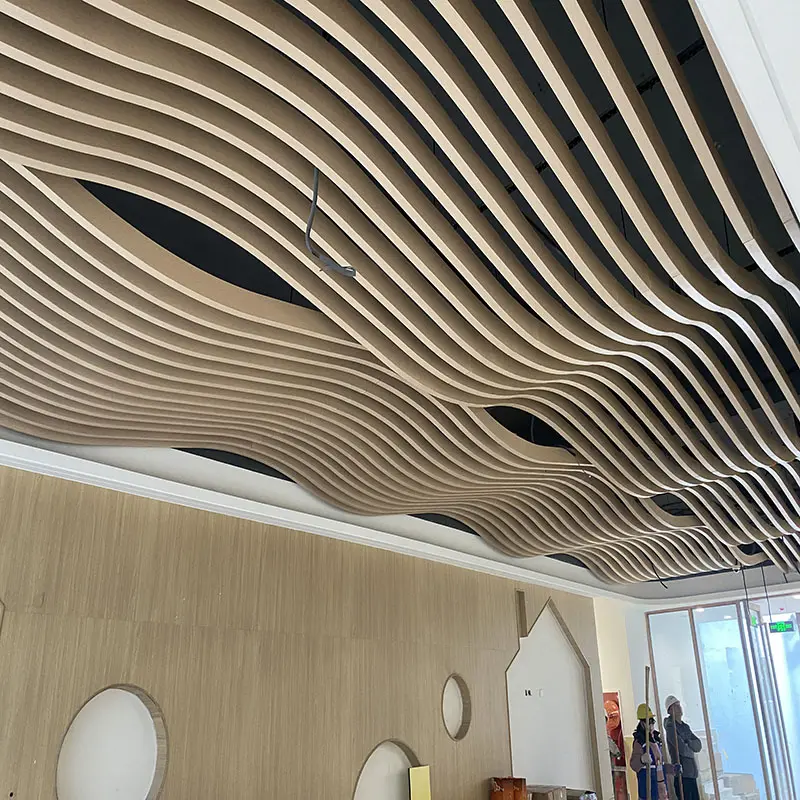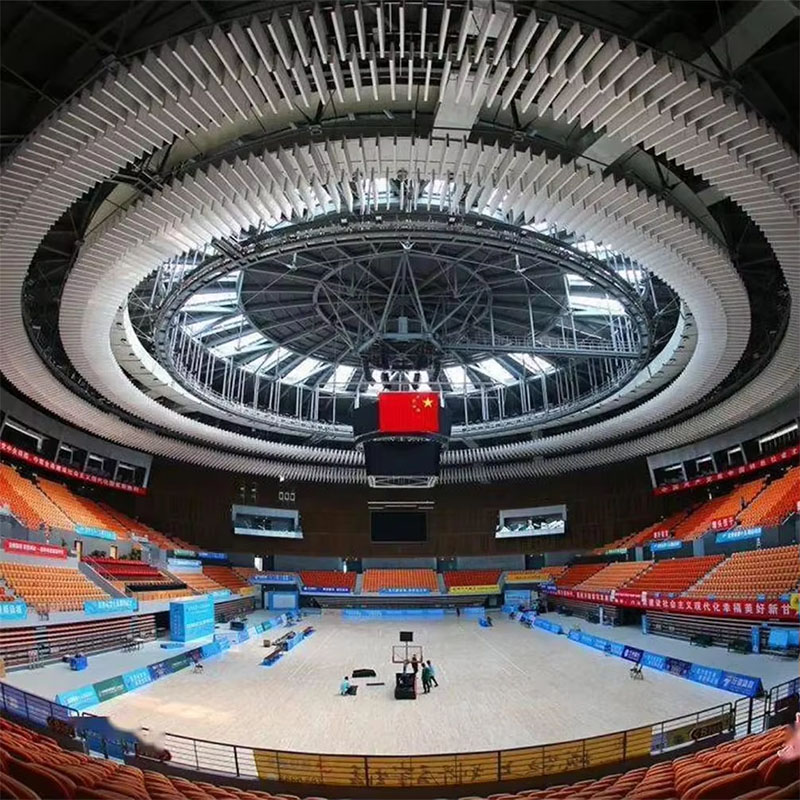What is the best metal for ceilings?
Aluminum emerges as the superior metal For Ceiling applications due to its unmatched combination of functional performance, design adaptability, and sustainability. As a material engineered for modern construction demands, aluminum ceilings deliver critical advantages across key parameters:
1.Structural Efficiency
Lightweight: 1/3 the density of steel, minimizing structural load (ideal for retrofits and seismic zones).
High Strength-to-Weight Ratio: Maintains dimensional stability under thermal stress (CTE: 23×10⁻⁶/°C).
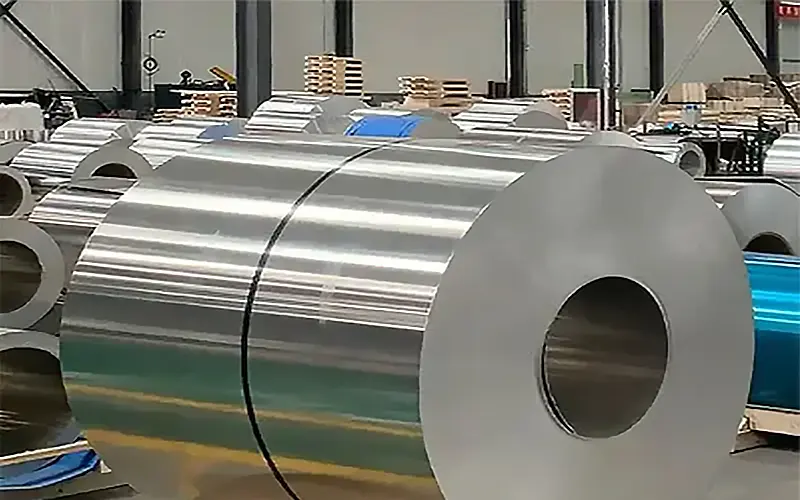
2.Durability & Safety
Corrosion Resistance: Inherent oxide layer prevents rust (suitable for 85-100% RH environments).
Fire Performance: Class A fire rating (ASTM E84), non-combustible up to 660°C melting point.

3.Design Versatility
Formability: Cold-rolled alloys (e.g., 3003-H14) permit complex geometries (0.5-3mm thickness range).
Surface Options: PVDF coatings (70% gloss retention after 10 yrs), anodized finishes (AA-M12C22A41), and digital print capabilities.
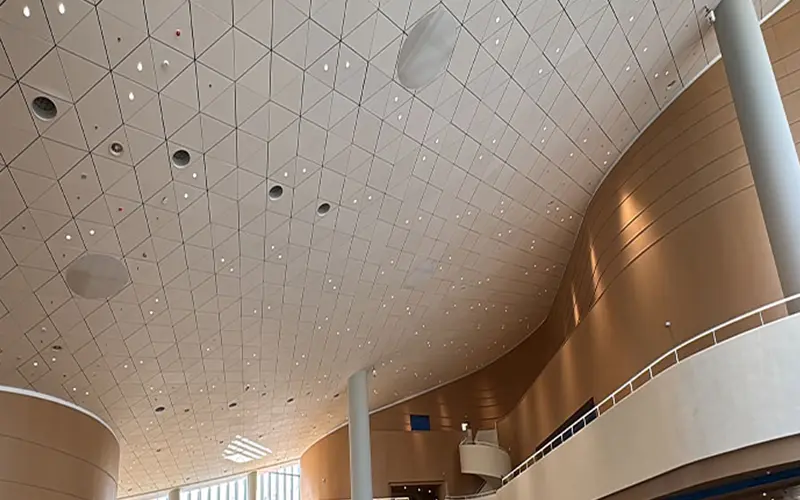



4.Sustainability
95% recyclability rate with 5% energy input vs. primary production (LEED/BREEAM compliant).
Cradle-to-cradle compatibility for circular economy models.

5.Technical Applications:
Commercial: Lay-in panels (600×600mm grid systems) with NRC 0.7-0.9 acoustic ratings.
High-Humidity Zones: Antimicrobial coatings for healthcare (ISO 5 cleanrooms) and pool enclosures.
Architectural: Custom perforation patterns (3-25% open area) for light diffusion and HVAC integration.
Aluminum ceiling systems meet EN 13964/IBC performance standards, offering architects and contractors a future-proof solution balancing aesthetics, engineering rigor, and environmental responsibility.
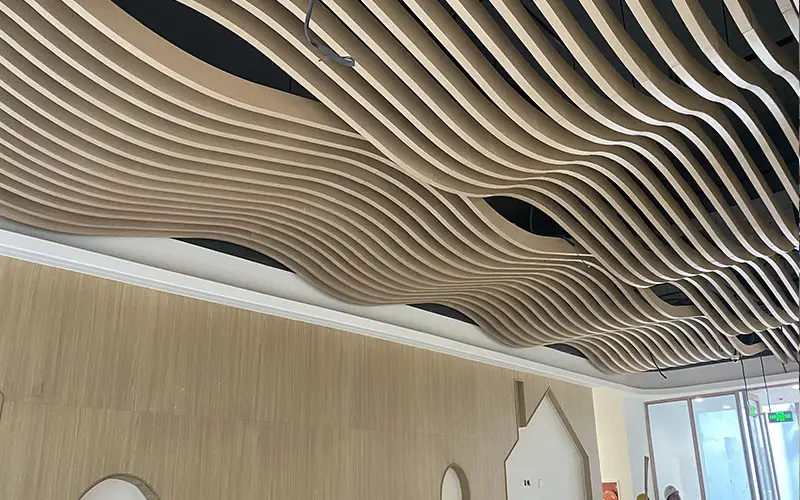
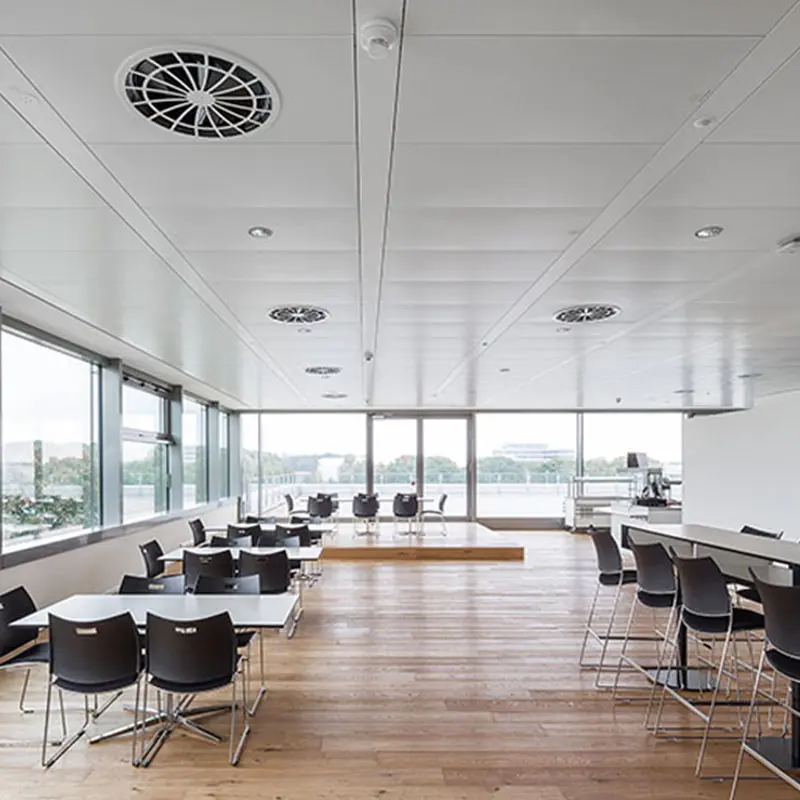







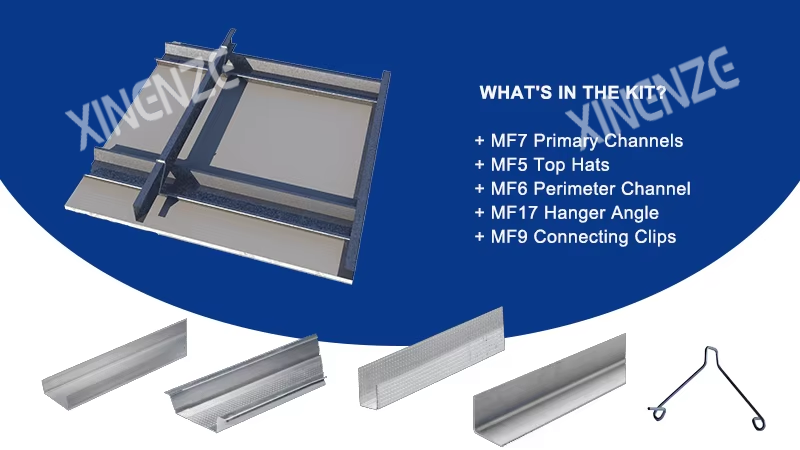

![VISIT XINENZE At AFRICA BUILD SHOW KENYA 2025 : HALL NO.-1B3 [STAND NO.-ABS -TSAVO]](/source/9130fc04c0b09f36a47112706e653486/606.png)
